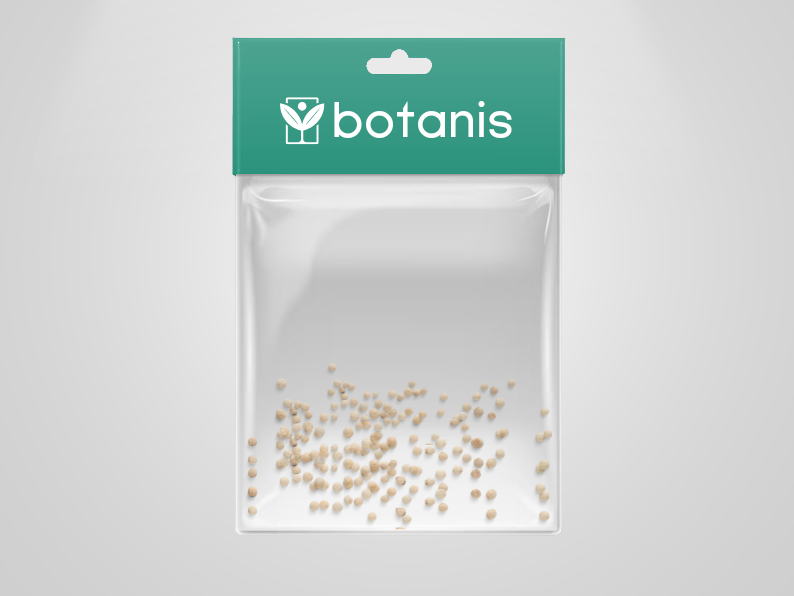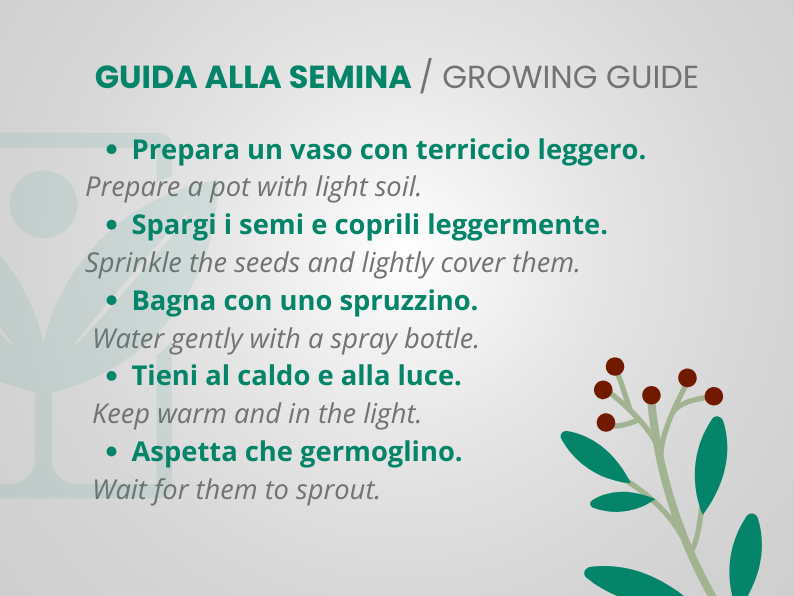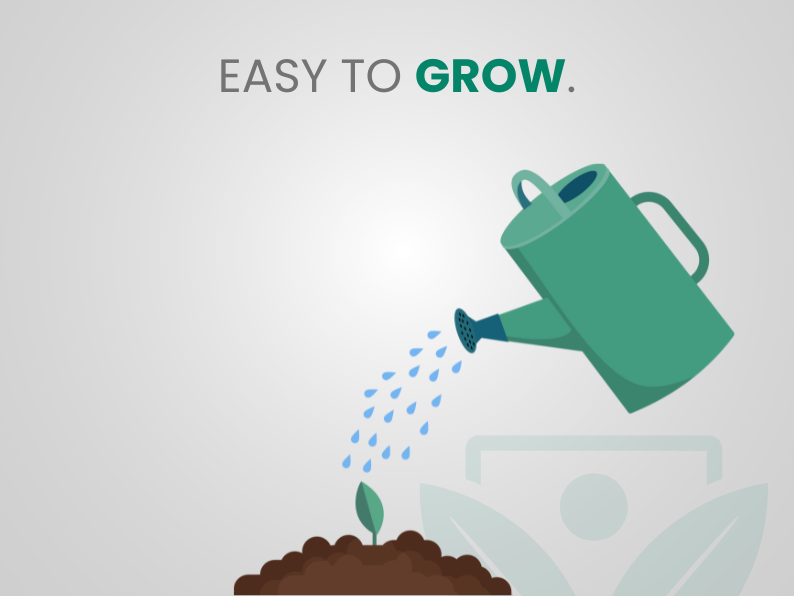10 seeds of FRAGARIA ananassa - CLIMBING STRAWBERRY - high quality selected seeds - top tropical plant
Shipping time: 3-5 business days
Use code " BOTANIS10 " for a 10% welcome discount!
Free shipping: on orders over €39!
Couldn't load pickup availability

Description
FRAGARIA ANANASSA - CLIMBING STRAWBERRY, 50 SEEDS
Family: Rosaceae..
Origin: Unknown.
Characteristics: The Strawberry is not a real fruit but an association of them, derived from the enlargement of the fertile part of the plant. The strawberry is often grown in homes or greenhouses because it is widely marketed thanks to its fleshy consistency and its sugary taste. It usually has a species-specific shape and varies from the more rounded to the slightly elongated one in which there is a pointed part and the other more expanded and globular. The whole strawberry, which usually has a beautiful bright red color, is studded with many small yellow seeds arranged on the surface in very precise positions. By making a section of this fruit you can notice a sort of small empty internal chamber that can be more or less expanded and sometimes completely absent and then the pulp that appears firm but soft, depending on the degree of ripeness. Generally strawberries are sweet and juicy and extremely suitable for creating smoothies, fruit juices, ice creams and tarts. The plant from which this fruit comes is perennial and has a small stem that can reach a maximum of 15-20 cm in height, some branches carry a whorl composed of three leaves with serrated edges and a bright green color. The flower is small and composed of five white petals that surround the yellow reproductive systems. Among the various species there are those defined as climbing for their ability to provide very thin branches that can reach considerable lengths and that, if followed and oriented, can seem like real climbers. These can be grown safely at home paying attention to some simple rules to follow so that they can develop and give excellent fruit. Climbing strawberries are suitable for growing in gardens, but their ornamental function and not only, is even better if they are grown on balconies and terraces. The positive characteristic of these plants in open but limited environments is that they can benefit from a considerable amount of oxygen, space and above all they do not have to fight against weeds. The advice is to arrange the plants in hanging pots to create fronds that extend downwards in a cascade or to place the pots on the floor and use supports to ensure that the branches can grow in height. Strawberry plants love temperate climates and very sunny environments, but they are sufficiently resistant even in completely opposite situations, in fact, especially in coastal areas, they can live up to 1000 meters high.
Soil: Any type of soil is good, preferably fertile and porous (it may be useful to add peat and sand). The soil must be well drained and rich in humus. The exposure must be sunny and the soil must be properly moist.
Sowing: In spring and autumn the seed should be placed in fertile, well-drained soil mixed with peat and sand. The best time is when dew forms and the soil remains slightly moist. Germination should occur within 4-6 weeks. Be careful of stagnant water that could cause the roots to rot.







